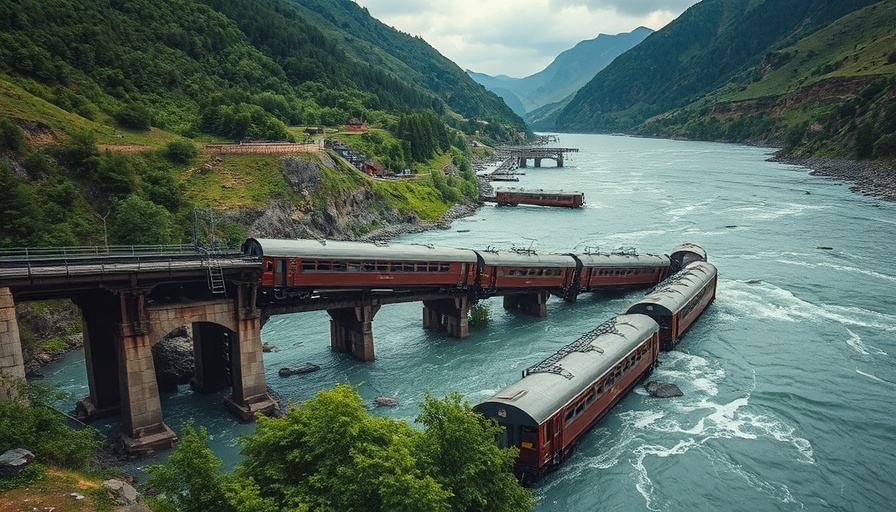
The Rise of Del Mar: A Beacon for Horse Racing
As horse racing in Northern California faces a steep decline, Del Mar is redefining itself as a premier destination. The Del Mar Racetrack, known for its stunning coastal views and thriving events, has managed to attract both local and national attention.
Understanding the Reasons Behind the Collapse in Northern California
The horse racing industry across Northern California has taken a significant hit, marked by shrinking attendance and dwindling financial support. Factors such as increased competition from other forms of entertainment, changing gambling regulations, and shifting public interests have all contributed to this downturn. Many tracks have reported reduced profits, prompting closures and a bleak outlook for the future.
Why Del Mar’s Model Works
In contrast, Del Mar’s success can be attributed to a multifaceted approach that prioritizes the visitor experience. By hosting a variety of events beyond horse racing, such as concerts, food festivals, and various sports events, Del Mar has positioned itself as not just a race track, but a full-fledged entertainment venue. This broader appeal attracts diverse visitors, establishing a robust financial ecosystem.
Local Perspective: Del Mar vs. Northern California
Residents and local business owners have reported a sense of rejuvenation in Del Mar that echoes throughout the community. The race track’s success often translates to increased business for local shops, restaurants, and hotels. In striking contrast, Northern California’s racing venues circle around the economic despair that follows their closures, leaving communities struggling to adjust.
Future Implications for Horse Racing in California
The future of horse racing in California may hinge on adapting to change. While Del Mar capitalizes on its scenic setting and varied offerings, Northern California tracks must find innovative ways to engage patrons. If Del Mar can continue to innovate and thrive, it could serve as a model for other struggling venues trying to find their footing in an evolving landscape.
Actionable Insights for the Horse Racing Community
For those involved in the horse racing community, particularly in Northern California, taking cues from Del Mar could offer essential lessons. Diversifying events and enhancing the overall visitor experience could reverse trends and bring back horse racing enthusiasts. With proactive strategies and community engagement, there might still be a chance to revive this cherished pastime across the state.
The landscape of horse racing in California is changing, and while challenges abound, opportunities for revitalization exist. It is crucial for communities and venues to respond to shifting trends to safeguard the future of this iconic sport.
 Add Row
Add Row  Add
Add 




Write A Comment